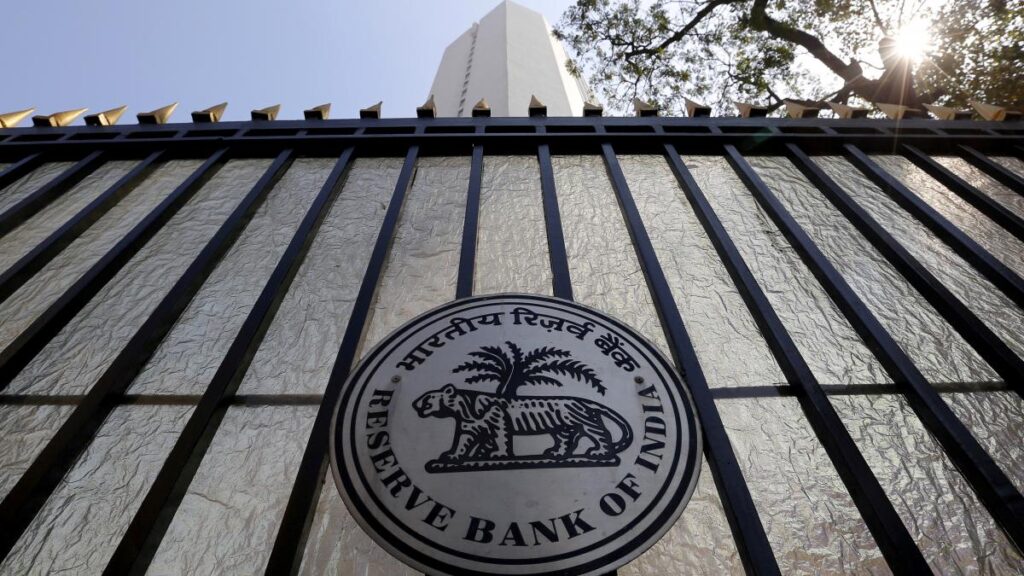Bengaluru: Reserve Bank of India will raise its main interest rates on Friday, economists surveyed by Reuters said, but there was no consensus about the measurement of steps given the absence of clear guidelines from the central bank.
With inflation running near high decades and rupee trade near the lowest record, RBI, which only began to raise interest rates in May, is expected to contain an increase in front to catch up with his global colleagues.
Predictions from 63 economists surveyed between July 25 and August 1 range from an increase of 25 basis points to one of 50 bps when RBI met on August 5.
More than 40 percent of economists, 26 out of 63, hoped that the RBI made a decent 50 BPS increase, taking the Repo level to 5.40 percent. More than a quarter of respondents, 20 out of 63, estimated a smaller increase in 35 BP. Around 22 percent, 14 out of 63, said the 25 BPS while the remaining three said 40 bps.
RBI must provide clarity of thought, but when there is so much uncertainty, it is better not to come out with hope and then unable to match it,” said Kunal Kundu, Indian economist at Societe Generale, who predicted A 50 BP Rise.
The majority of the slender economist, 35 out of 63, saw that the Repo level had reached 5.75 percent or higher in the final year, up 10 bps from the July poll, while the median expectations were at least 6 percent in the second quarter in the second quarter of next year.
RBI has raised the tariff twice so far in this cycle, first capturing the guardian market with an increase in 40 bps at a meeting that is not scheduled, followed by 50 bps in June.
Kaushik Das, Head of Economist at Deutsche Bank, said the Bank hopes that RBI will approve the benefits of rising front loading rates.
RBI can always reduce the rate of interest rate increases from September and so on if the momentum of inflation and softened growth, but we think it is a risk strategy at this stage to become an outlier in providing an increase in a level of less than 50 bp. “
Prospects for next year are even unclear, with an estimate of 2023 starting from 4.75 percent to 6.75 percent.
With RBI, Laggard is relative in the global tightening cycle, India has seen the flow outflow of heavy capital, which has helped drag Rupees to the lowest position for a lifetime close to 80 per US dollar.
With dollars that are expected to remain strong in the short to medium term, RBI has several options to maintain rupees without burning through foreign currency reserves.
More than half of the respondents, 20 out of 38, who answered additional questions said the exchange rate played a greater role than normal in the consideration of the RBI interest rate.
The increase in front interest rates by RBI will complement their FX intervention to manage the Rupee exchange rate,” said Sanjay Mathur, head of economists for Southeast Asia and India at Anz.







More Stories
Mastering Google My Business: The Essential Guide for Small Businesses
The Rise of Private Label Skincare: Why Custom Formulation Manufacturers are Key to Success
The Rise of Private Label Skin Care Products and Custom Personal Care Formulations